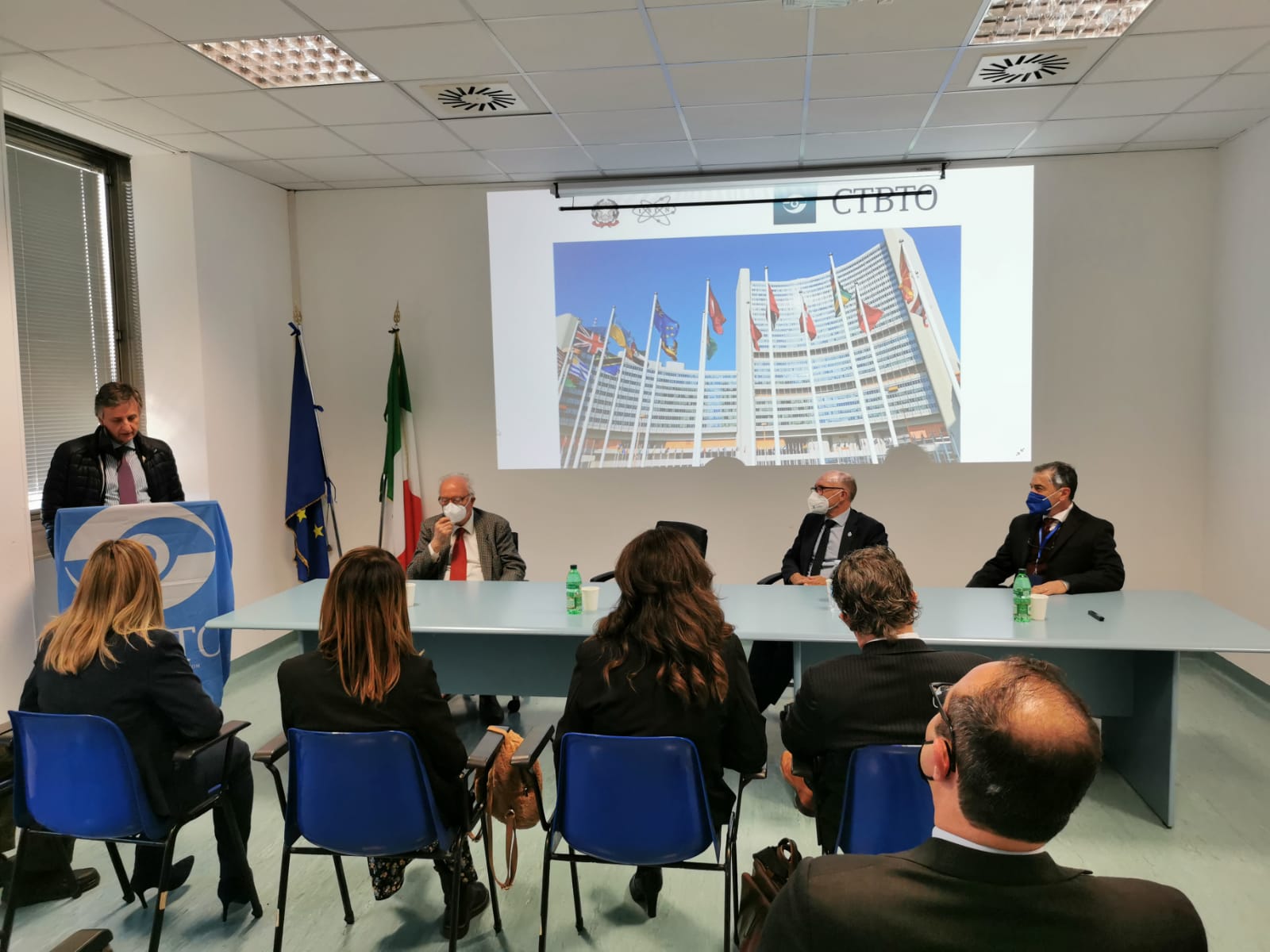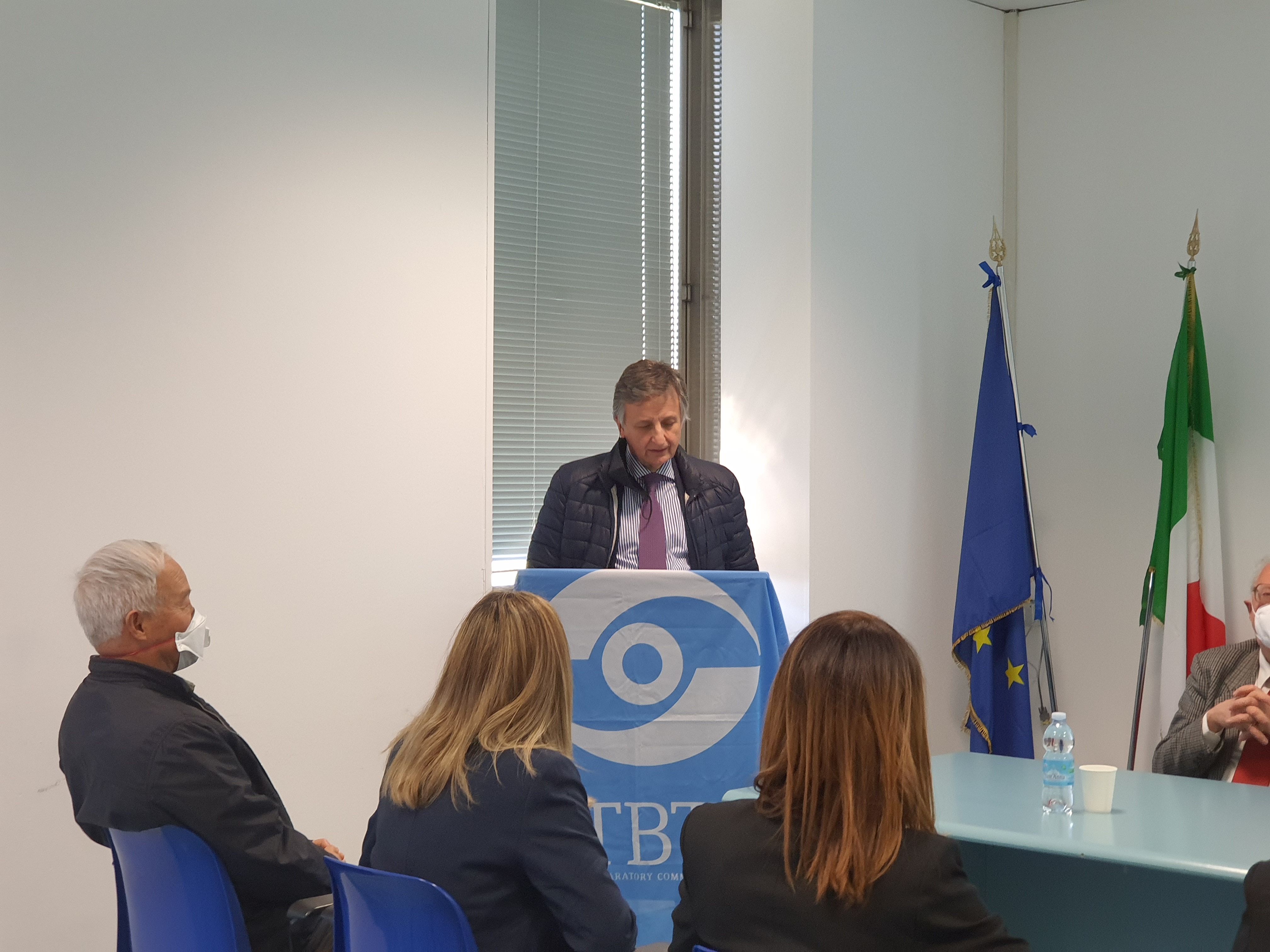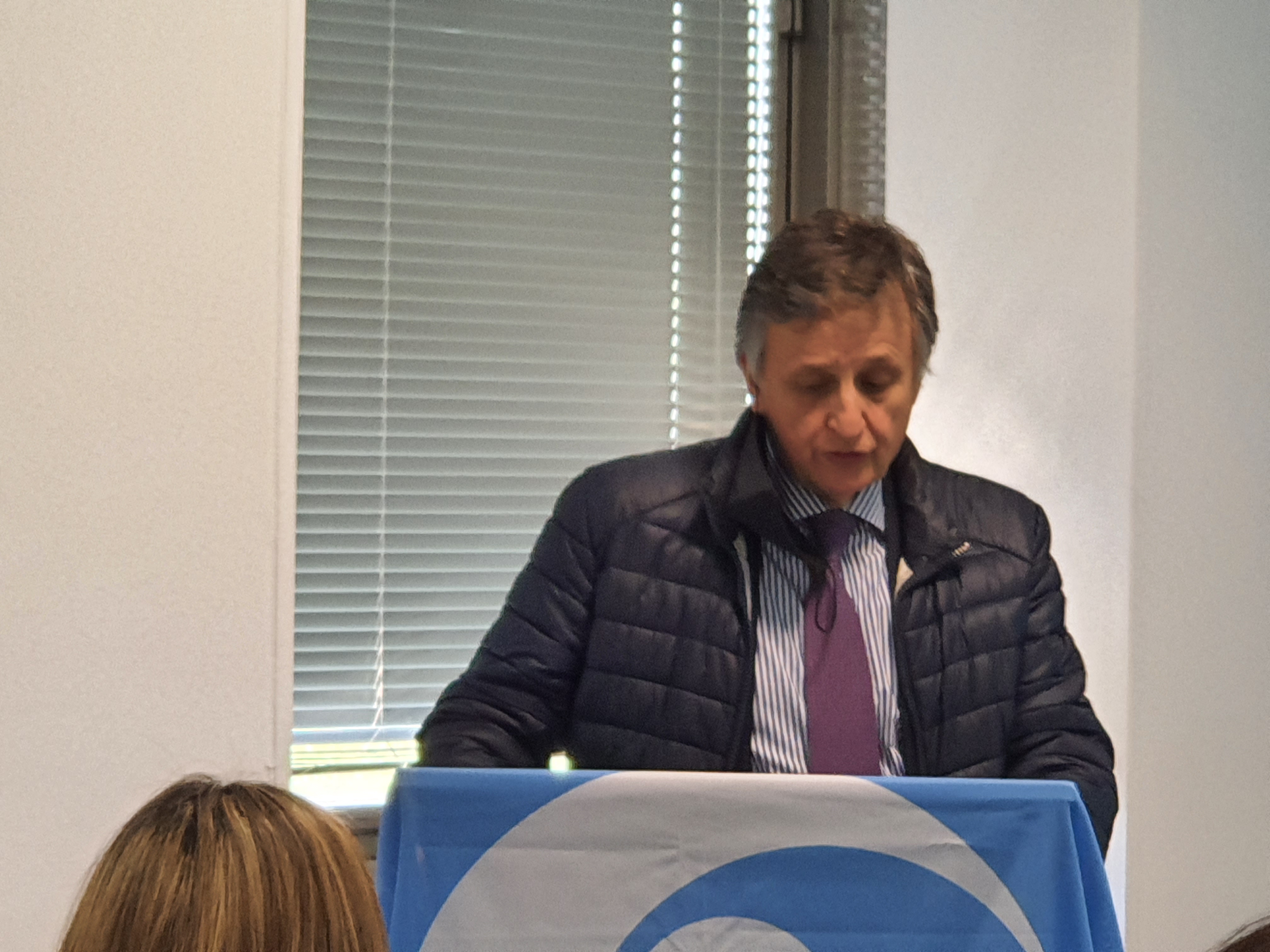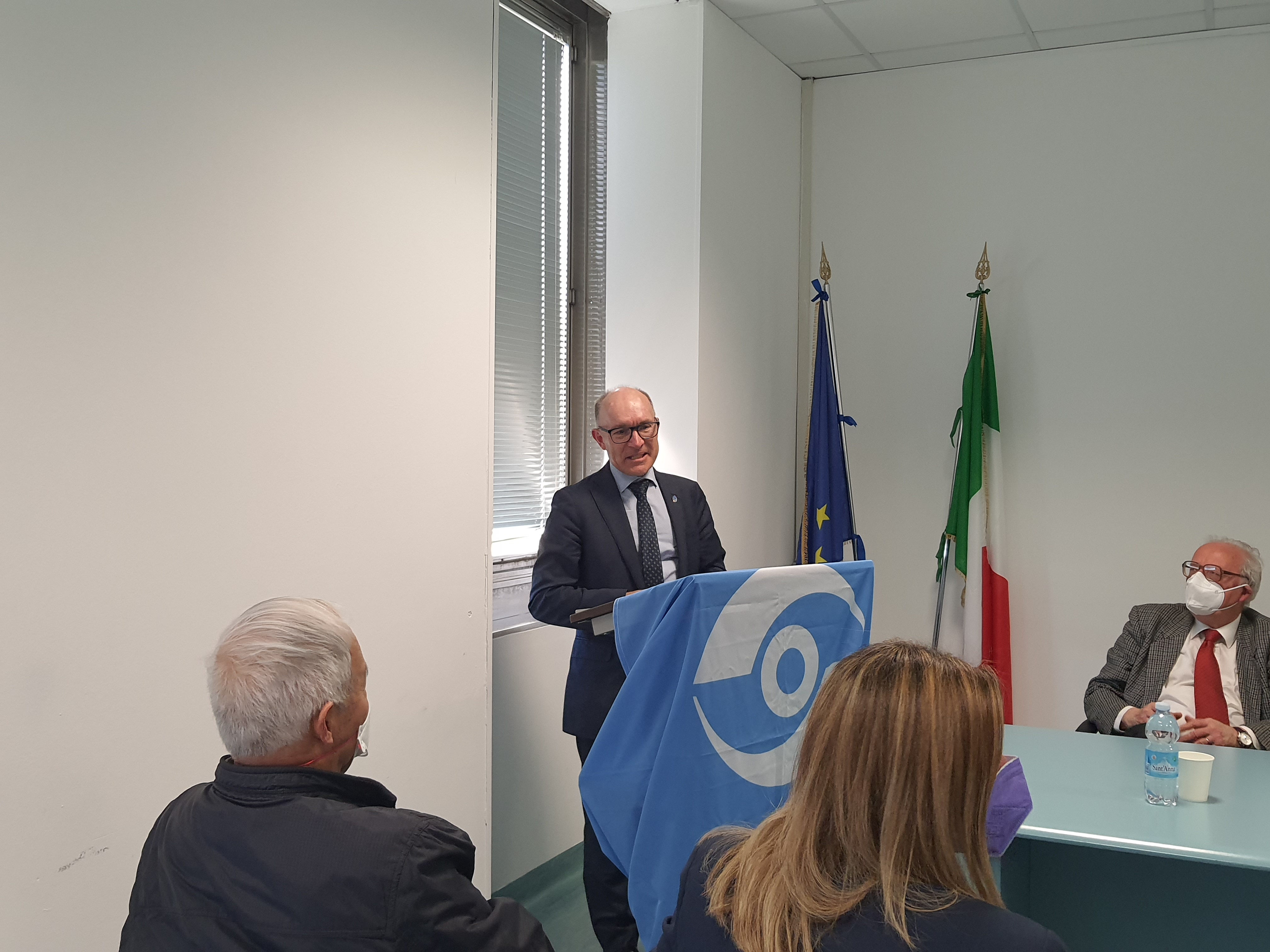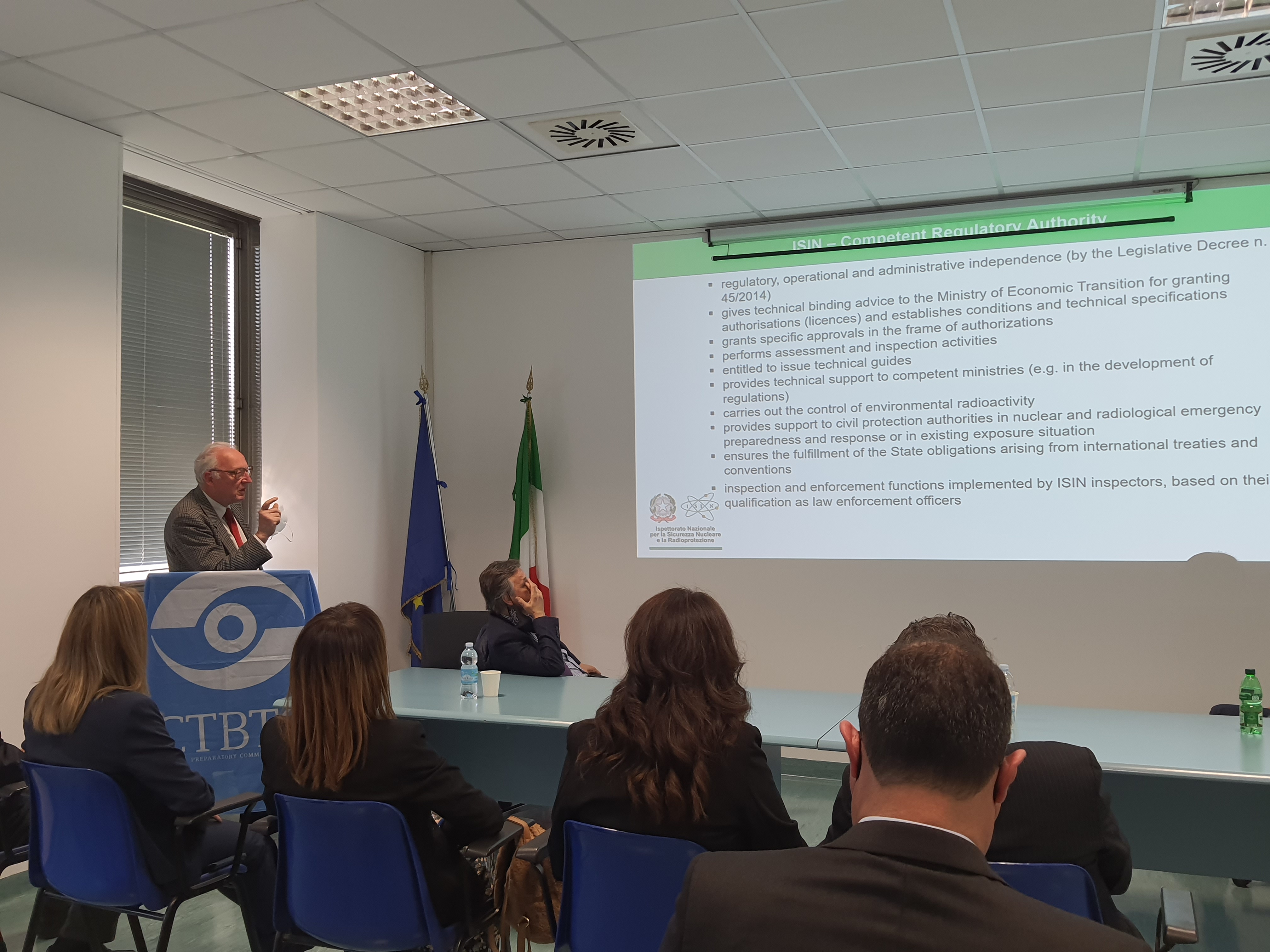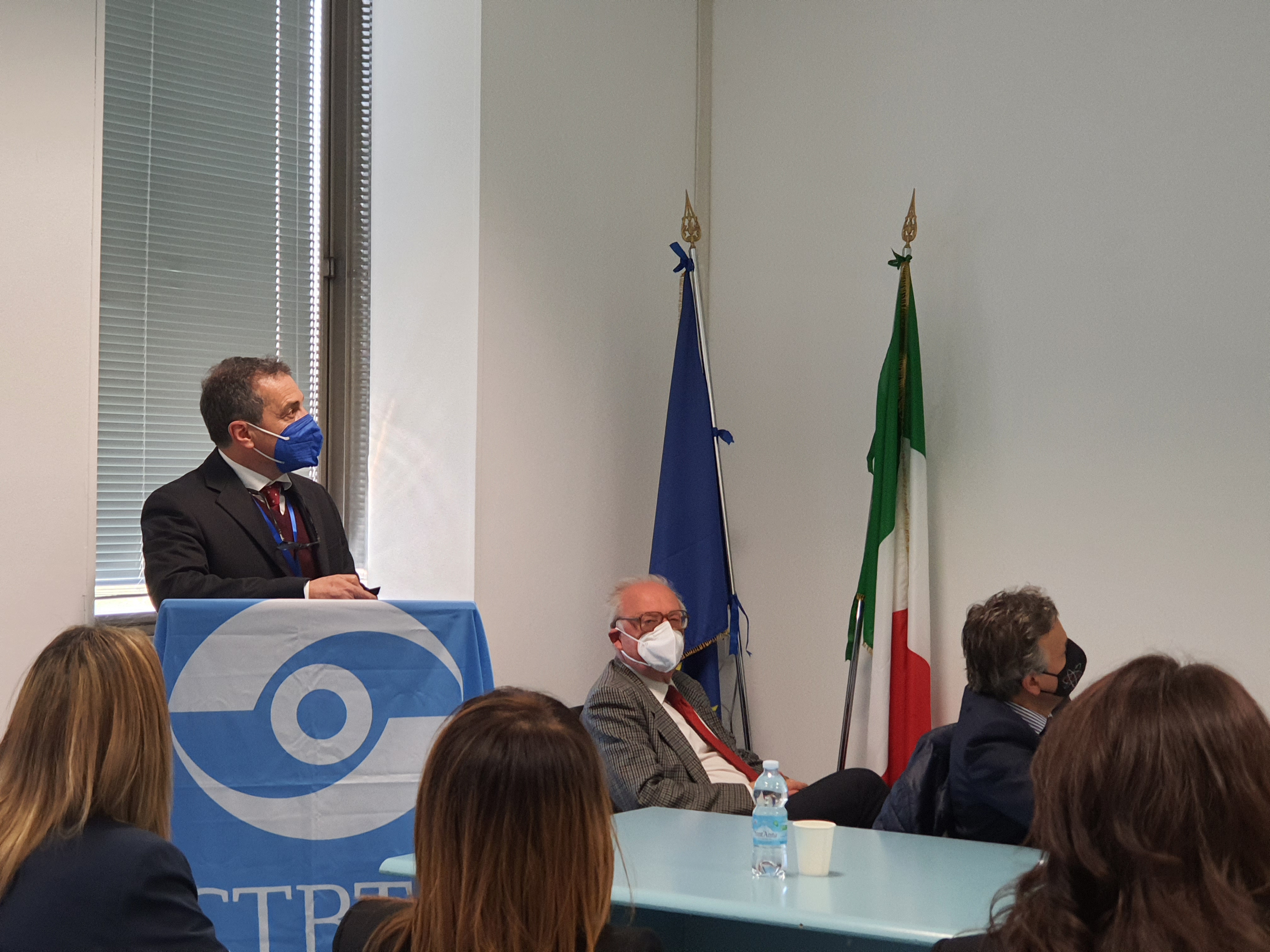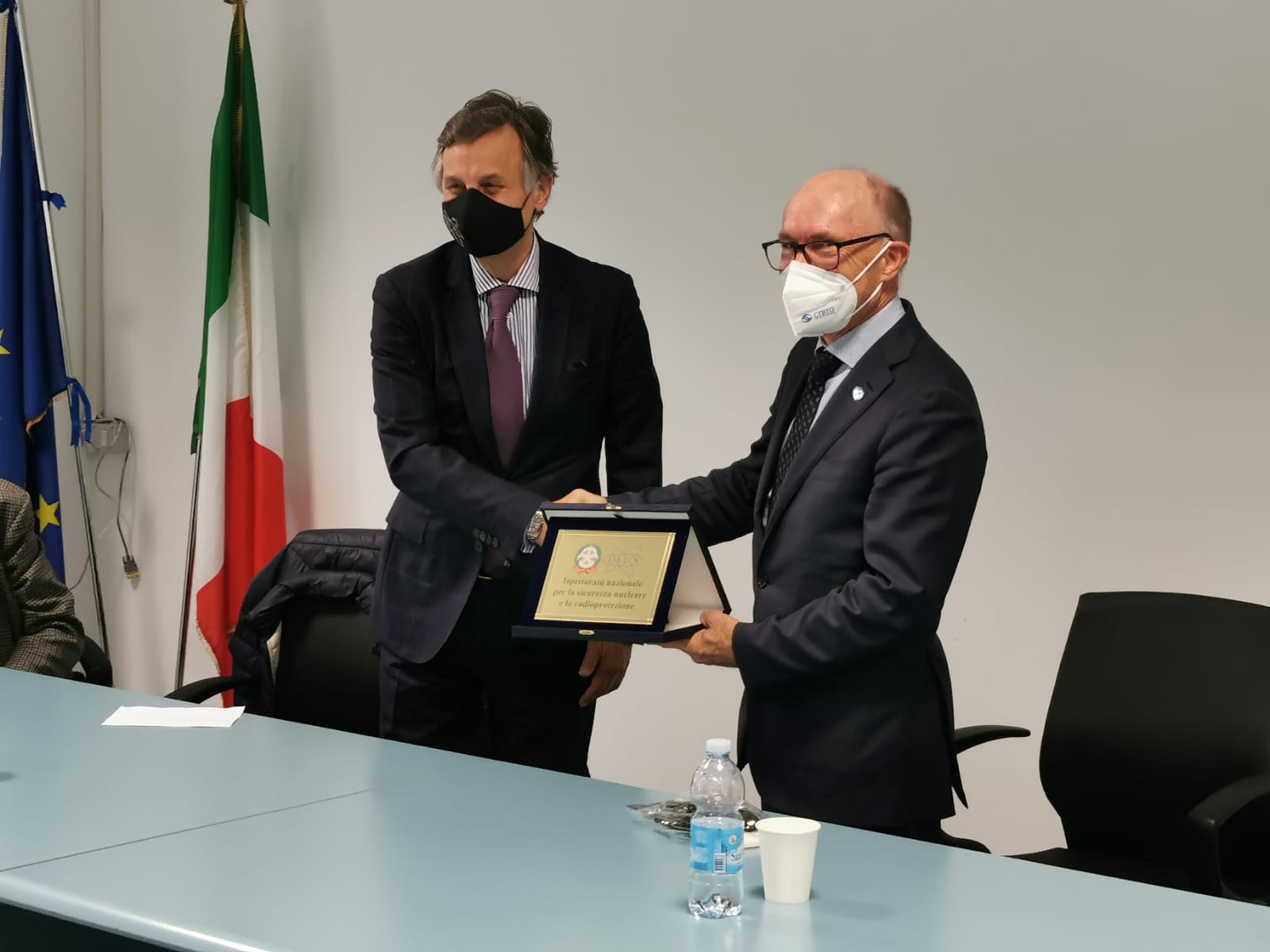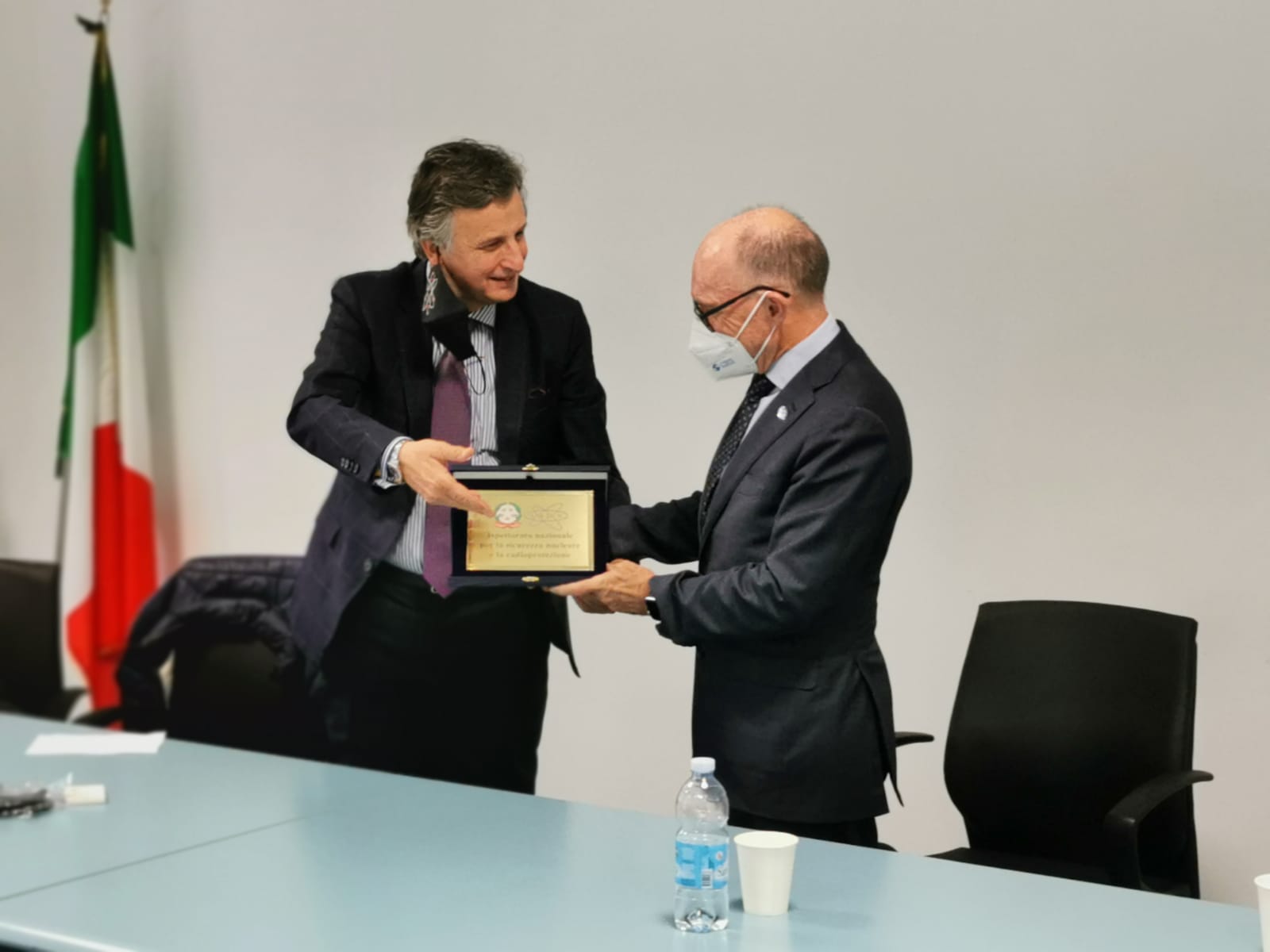Nuclear safety, visit to the ISIN laboratories of the CTBTO Executive Secretary Robert Floyd
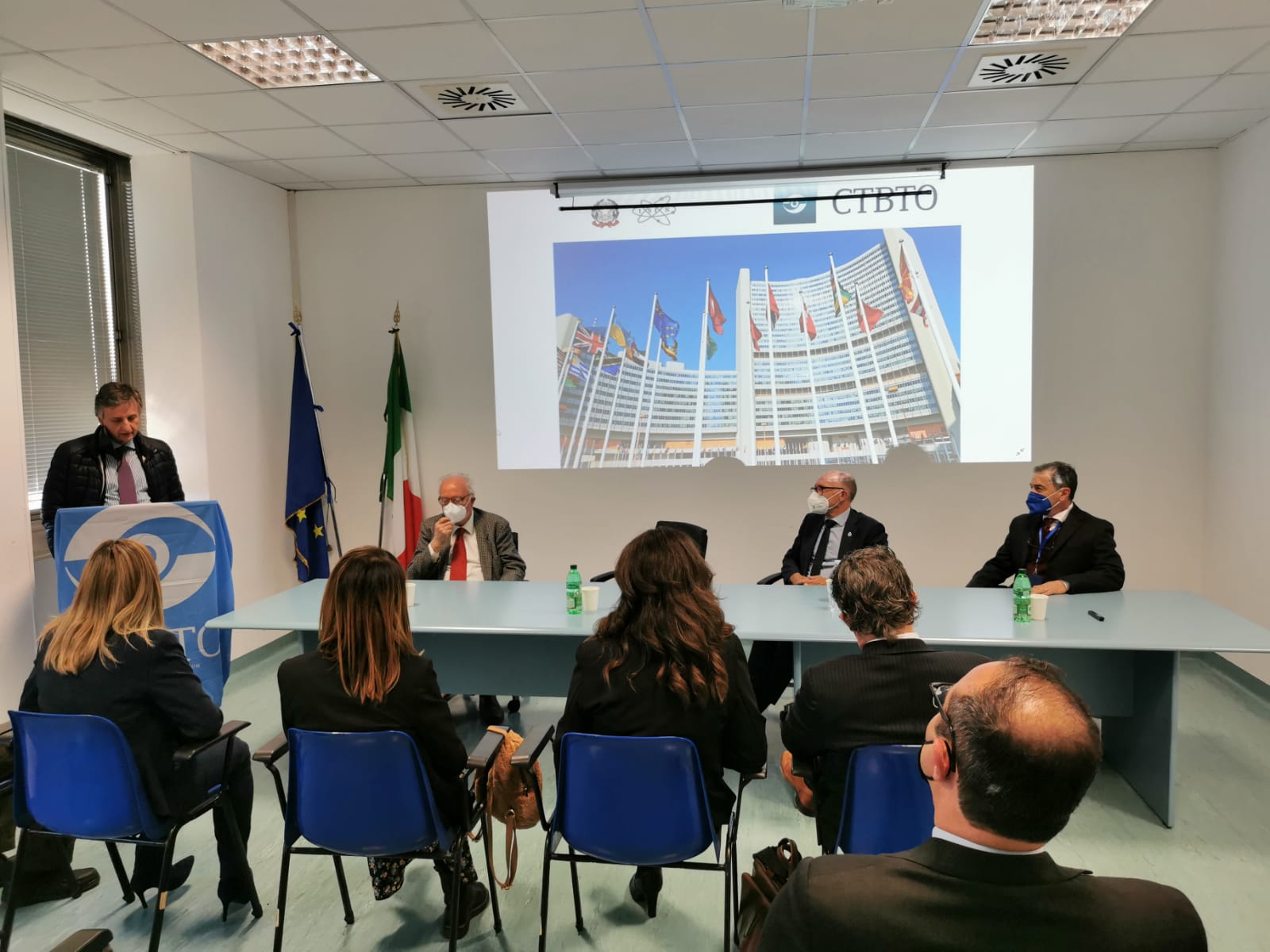
Nuclear safety, visit to the ISIN laboratories of the CTBTO Executive Secretary Robert Floyd
A delegation from the CTBTO, the Organization for the Implementation of the Treaty for the Total Ban on Nuclear Tests, led by Executive Secretary Robert Floyd, visited the ISIN laboratories in Castel Romano yesterday.
To receive the delegation of the CTBTO, the director of the Inspectorate, Maurizio Pernice. "The war events brought back threats of nuclear deterrence that seemed relegated to the archive of history", Pernice said in his welcome speech. "The treaty banning nuclear tests is one of the symbols of the awareness, assumed by the international community, of the extreme danger of this type of weaponry and the need to exclude them from the dialectic of conflicts, even the most bitter. I believe that a solid and sincere collaboration between all countries in the management of nuclear resources - he continued - is the greatest guarantee of safety for all and that international control mechanisms represent a form of strong and mutual protection for the nations and peoples who intend live in peace and security ".
In his speech, Floyd thanked Italy for the important contribution to the CTBTO with its laboratories, which have never stopped working even during the most acute phase of the pandemic. The Executive Secretary of the organization stressed that the Italian ISIN laboratory is the first of the 16 centers around the world that he has visited since he took over the leadership of the organization last August.
Regarding the situation in Europe and the ongoing war, Robert Floyd reported the concern that is felt all over the world and which was also expressed during a recent meeting in Indonesia by representatives of all countries, proving that what happens in Ukraine is not seen as a local crisis but as a global problem.
Finally, Robert Floyd recalled the great role of the Treaty which, although it has not yet entered into force, has already had a positive effect. In fact, since its signature, nuclear tests have been significantly reduced and since the beginning of the new century they have only been carried out by one country.
The CTBTO was born following the Comprehensive Nuclear-Test-Ban Treaty, CTBT, adopted by the United Nations General Assembly on 10 September 1996.
To date, it has been signed by 185 states, 172 of which have ratified. However, for the purposes of its entry into force, Article XIV requires that it be ratified by all States listed in Annex II to the Treaty, including China, Egypt, India, Iran, Israel, North Korea, Pakistan and USA.
Pending the missing ratifications, a Preparatory Commission was established in November 1996, based in Vienna, whose task is to facilitate the entry into force of the Treaty and prepare the global system of verifications.
Italy ratified the Treaty with Law no. 484, subsequently amended by Law no. 197. In implementation of the Treaty, the National Authority responsible for the implementation of the Treaty, the Minister of Foreign Affairs, has established the National Data Center, managed by the National Authority, with the technical-scientific support of the INGV ( National Institute of Geophysics and Volcanology) and ENEA (National Agency for New Technologies, Energy and Sustainable Economic Development). In addition, Italy, by participating in the activities of the Preparatory Commission, contributes directly to the International Monitoring System. There are two national structures included in this system: the Enna seismological station, which is responsible for transferring data to the International Data Center, and the ISIN laboratory for the detection of radionuclides, responsible for the analysis of the CTBTO samples of interest.
During the meeting, Floyd had the opportunity, guided by the manager of the Radiological Risk Area and coordination of technical activities of ISIN, Luciano Bologna, and the manager of the radiometric laboratories, Leandro Magro, to visit the laboratories and equipment used.
In 2016, the ISIN laboratory for measuring radioactivity in atmospheric particulate matter, called ITL10, became part of the International Monitoring System (IMS) created as part of the CTBT.
The international monitoring system consists of a set of detection networks: seismic, infrasonic, hydroacoustic and radioactivity dispersed in the atmosphere.
The ITL10 laboratory is supported by 12 certified laboratories (out of a total of 16 planned in all continents) which represent a highly specialized elite for this type of measurement, capable of detecting the effects of a nuclear event anywhere in the world. occur, also establishing the date of occurrence.
(to exit: ESC on desktop, double tap on mobile)
